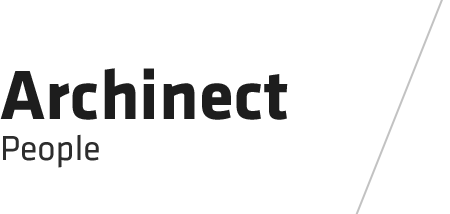
Reverse City
Spring Semester, UMICH
Instructor: McLain Clutter | Team Work with Yiwei Huang Shreejit Modark
Sept. 2014 - Dec. 2014
Location: Benito Juarez Airport, Mexico City D.F., Mexico
Inspired by the walled city in Medieval times, our proposal turns this historic precedent to the contemporary enclave inside out, forming abrupt walls for the adjacent enclaves and allowing the center of our enclave to complete a network of green space spanning the city from the north to the south. The result is a network of public space at a scale never before available in Mexico City.

Redevelopment of the Benito Juarez Airport gives the city of Mexico an opportunity to cultivate a huge mass of land into a new center of advancement. Thinking on a city level, this chunk of undeveloped mass now gives an opening to create a hub for commercial development and its supportive communes. We see the opportunity to establish different nodes within this enclave and connect them through transit stations. The commercial activities will mainly happen along the east – west connector (road) which links the two major highways in Mexico City, and later on will become the main chunk of the commercial center that we initiate. 
The two “walls” adjoining the other enclaves’ acts like edges. The aggregation of building types selected makes them porous and solid at the same time. These two separators emerge from the landscape and at moments become the part of greens. This enclave creates an opportunity in bringing and linking the two main large eco-parks next to the site, and this creates a larger system of connected landscapes making the city follow the sustainable culture which then ends at Lake Texcoco.
The design of the Reverse City is composed of two major vehicular connectors with the ring road which goes all around other enclaves. It gets divided into tiers according to the density designated to every function. This helps in making the internal circulation of the Reverse City completely pedestrian. The landscape designed becomes the part of the architecture and sometimes emphasizes the language of architecture types used into the design. Taking the sustainable move from linking of greens, the retention ponds and the mounts designed help in water purification and directing the flow towards Lake Texcoco.
Status: Built
Location: México, MX
My Role: Team Leader